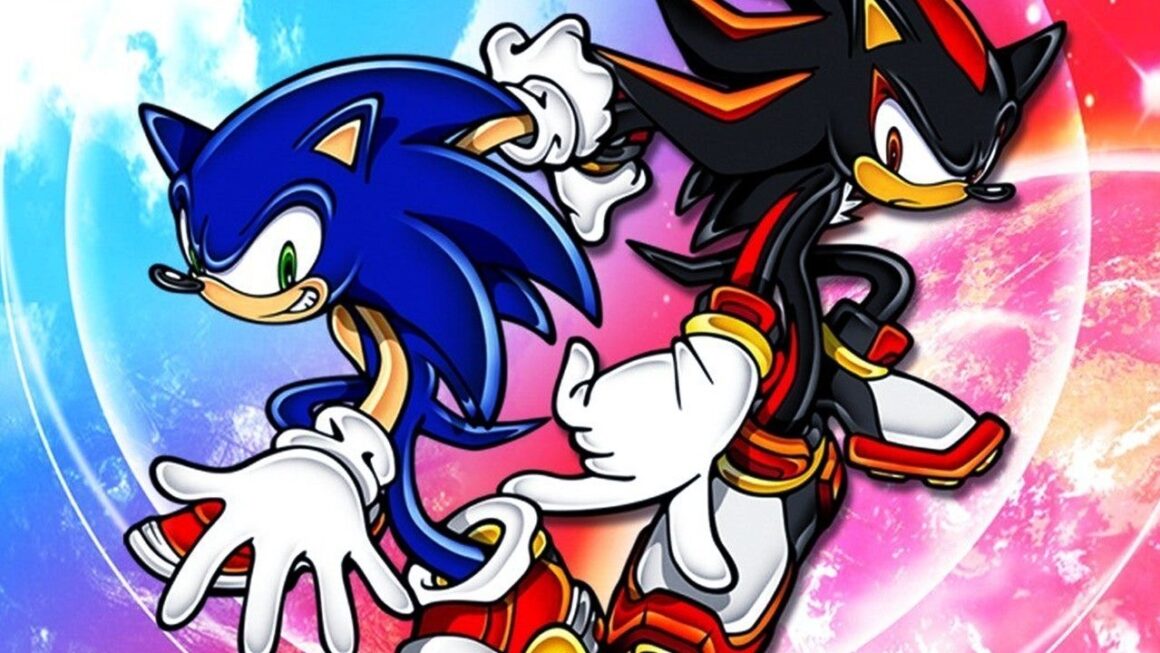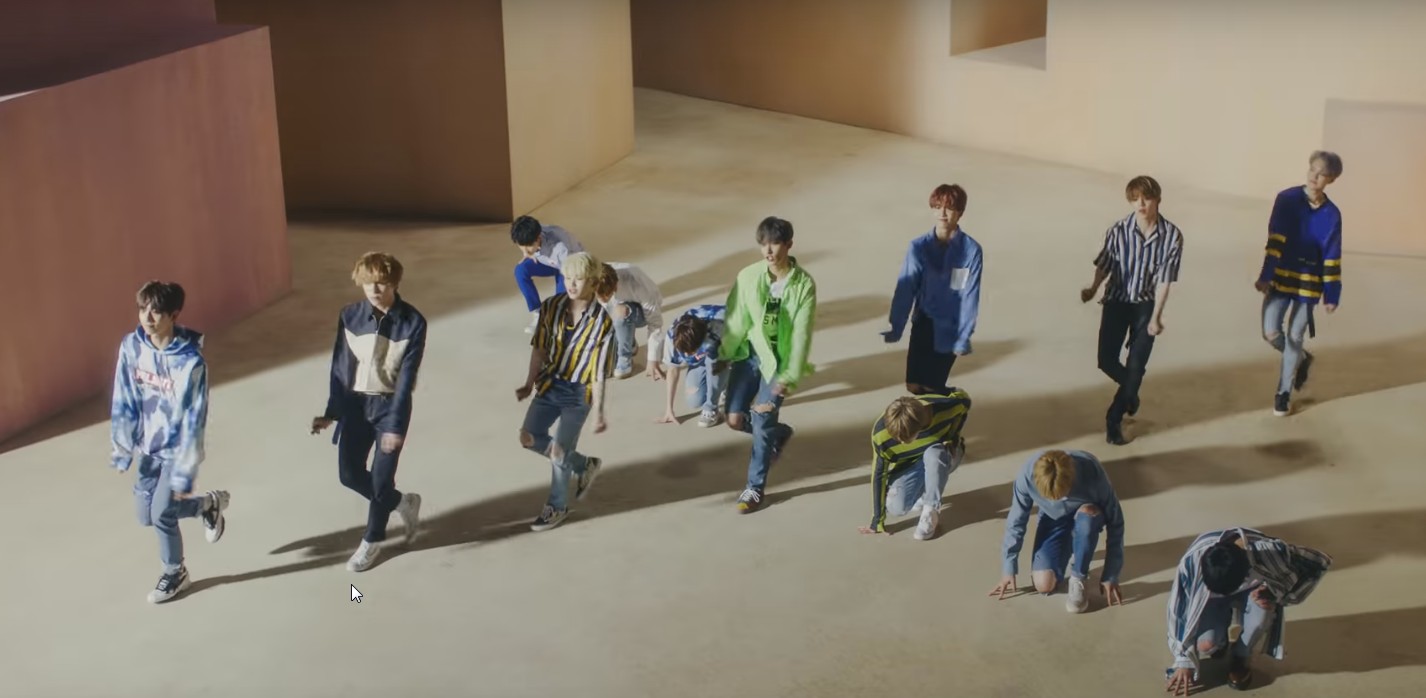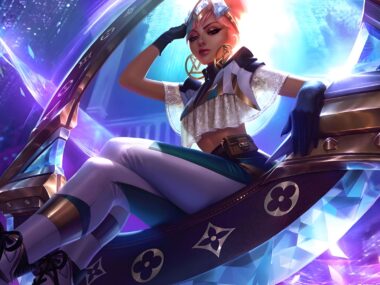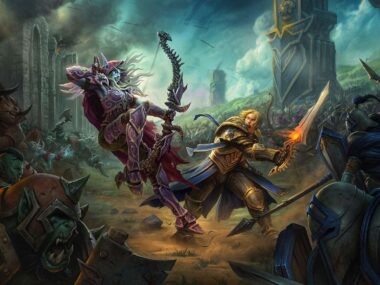Few songs in gaming history are as iconic as Live and Learn, the hard-rock anthem from Sonic Adventure 2. Behind the nostalgia lies a bitter legal dispute over who truly owns it.
In August 2025, the Central District of California ruled in Sega’s favor, granting the company undisputed control over the song. The judge also ordered Crush 40’s Johnny Gioeli to cancel the copyright registrations he filed in 2024.
For Gioeli, the story is far from over. “The song is mine,” he said in a statement posted on X/Twitter. He insists the song remains in the “the abyss of ownership.” He also claimed that Sega told Epic Games to contract him for permission to use the song.
What Was the Lawsuit About?
Back in 2001, Sega paid Gioeli $3,000 to write lyrics for Live and Learn. According to him, that deal never covered the master recording or the composition itself. He argues he recorded and produced the song in his home studio. While he worked on it remotely with Sega’s Jun Senoue, he claims the song was made independent from Sega’s direct control.
Sega countered his claims by framing his contribution as “work-for-hire.” They pointed to the Copyright Act’s three-year statute of limitations. The judge ultimately agreed with Sega, dismissing Gioeli’s complaint “with prejudice on the merits.” That means Sega now has clear, legal ownership of the song’s masters and composition. This gives them the right to license the song across different mediums like games, movies.
Artists Rarely Own Their Music
The dispute over Live and Learn shows just how little control artists and songwriters have over their own music. When it comes to music, ownership is fragmented. The ownership of a song is split between the artists, songwriters, publishers and record labels. However, the most important aspect of ownership, having the rights to master recordings, belongs to the record labels.
This is crucial because the masters are the original sound recording. It’s where all copies and reproductions are made from. Owning the masters means the rights holder can decide whether that music can be licensed and where it’s licensed to. The person who actually performs or writes the song is only getting a fraction of the song’s revenue. They also lose the ability to decide how and where the music is used.
Gioeli’s case mirrors countless others where creators sign early deals, often for modest pay. They’re rewarded with seeing their work playing in the background of countless ads, movies or video games with little control over who gets to use those recordings.
Why Video Game Music Is Especially Complicated
The case also exposes an issue for video game music. Unlike a typical single or album track, game soundtracks live on across remakes, spinoffs, concerts, films, etc. Live and Learn has appeared in more than 25 Sonic projects since 2001. Yet according to Gioeli, he wasn’t even aware of many of these uses until fans told him in 2024.
Music created for games needs strong contracts, just like any other form of entertainment. Without airtight agreements, disputes like this can force publishers to replace them or cut them from certain releases.
Johnny Gioeli may have helped make Live and Learn a classic among Sonic fans, but the court has spoken. Sega has full ownership of the song now. I don’t know if Gioeli will try to appeal. The one thing I do know is that this probably won’t be the last time the rights to a popular song are questioned in a lawsuit.






